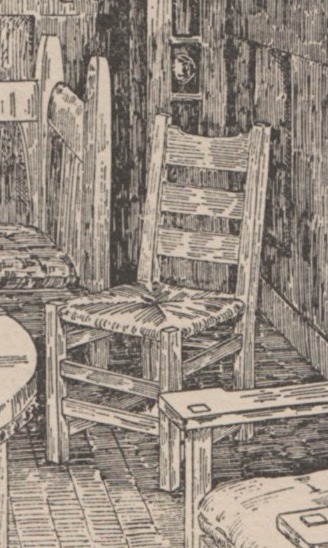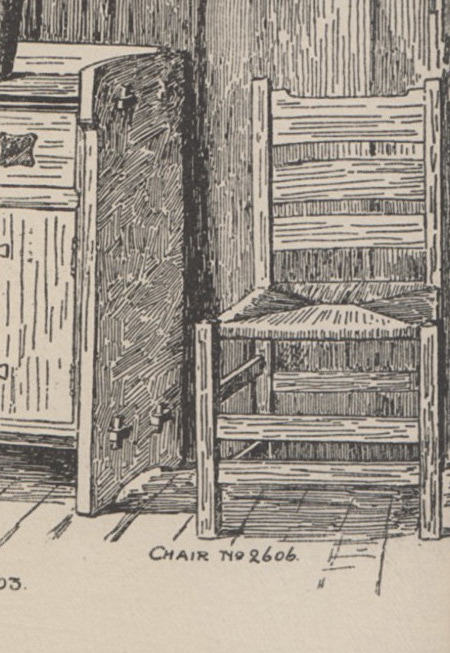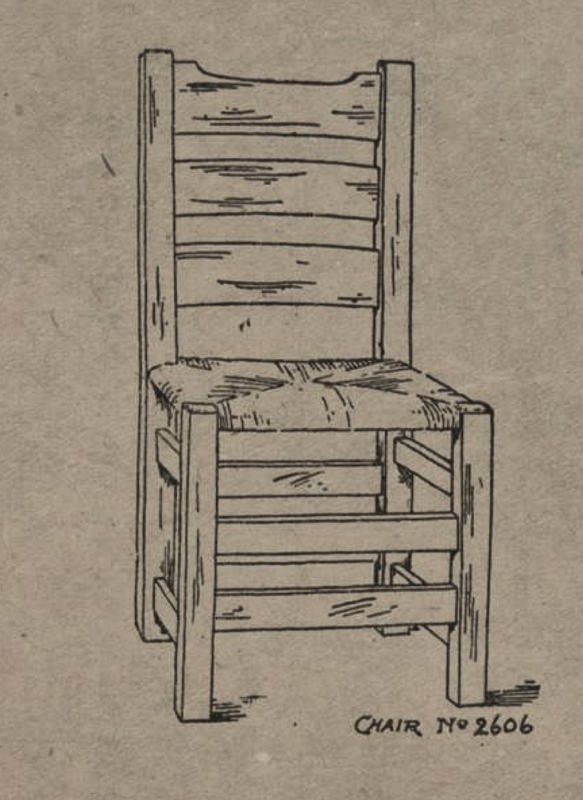Chair (no. 2606)
Item
Title
Chair (no. 2606)
Creator
United Crafts
Date
1901-02 (ca.)
Object No.
2018.19.17
Credit line
Gift of Gregg and Monique Seibert
Description
Although the “simple, structural style” of furniture that Stickley began promoting and selling after 1900 is often framed exclusively by discussions of style, economic considerations and progressive ideas about health were important considerations that made forms like Chair (no. 2606) attractive to makers and buyers. As worry about the moral and physical effects of luxury increased in the wake of the Civil War, simplicity was viewed as a moral–and sometimes physical–corrective to these problems. Writing in May of 1900, Good Health: A Journal of Hygiene, recommended precisely the type of chair that Stickley embraced as he developed his Arts and Crafts aesthetic, and cautioned against the excessive upholstering and softness of the late-Victorian era. “Hence,” an editorial claimed, “instead of luxurious, soft, reclining, upholstered seats, we should use those of simple construction with straight backs.” While this position is not reflected across of all of Stickley’s productions, there is considerable overlap in the turning back to the past as a strategy to navigate modernity. “The straight-backed chairs of our grandfathers,” Good Health informed readers, “chairs that obliged their occupants to sit straight, that made them uncomfortable until they had taken a proper position,–were far better.”
Sources: “The Chair,” Good Health: A Journal of Hygiene 35 (May 1900): 311.
Sources: “The Chair,” Good Health: A Journal of Hygiene 35 (May 1900): 311.
Associated names
Gustav Stickley
Provenance
Purchased, en suite, by an undisclosed buyer, ca. 1901, then by descent. Dalton’s American Decorative Arts and Antiques (September 2001). Cathers and Dembrosky (by 2002). Gregg and Monique Seibert (2002).



